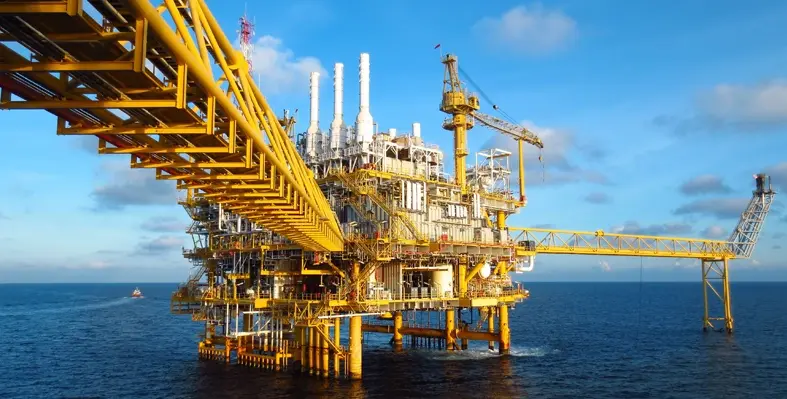Discovered and recoverable oil resources have increased by 5bn bbl over the past year, according to Rystad Energy’s latest research, primarily as a result of potential in Argentina’s Vaca Muerta play and the Permian Delaware basin in Texas and New Mexico
Global recoverable oil resources, including estimates for undiscovered fields, stabilised at approximately 1.5 trillion barrels. However Rystad has revised down its projection of yet-to-find resources due to a steep decline in frontier exploration, unsuccessful shale developments outside the Americas and a doubling in offshore costs over the past five years. Rystad Energy expects new conventional oil projects to replace less than 30% of production over the next five years, while exploration would replace only around 10%.
The world’s proven oil reserves currently amount to only 14 years of production. If future global oil demand increases, as forecast by OPEC, supply will struggle to keep up with demand, even at attractive prices for producers. However, if the energy transition continues to make inroads, future oil demand is expected to fall, particularly with the greater electrification of transport vehicles, as seen in China.
“Full extraction of these oil resources will require oil prices stabilising at higher levels and further estimate increases will require new technologies to lower production costs. Over the next decades, the capital needed will likely not be available to meet continuously increasing oil demand, service prices could skyrocket, and there will likely be limited appetite for innovations to sustain such high emissions from oil,” said Per Magnus Nysveen, chief analyst at Rystad Energy.
If oil demand rises over the next few decades, global recoverable resources will not offer the supply needed to meet it, creating a constrained economic environment that would not be able to compete with less capital-intensive energy sources. As a result, Rystad Energy does not expect oil demand to continue to grow steeply towards 2050.
“In a world with flat or growing demand after 2030, another oil super-cycle would be needed. This scenario would require a substantial increase in frontier exploration and drilling success as well as accelerated deployment of secondary recovery and full-scale development of non-core shale plays in North America and globally,” said Artem Abramov, deputy head of Analysis at Rystad Energy .
Discovered and recoverable oil resources up over past year

Discovered and recoverable oil resources have increased by 5bn bbl over the past year, according to Rystad. (Image source: Adobe Stock)








